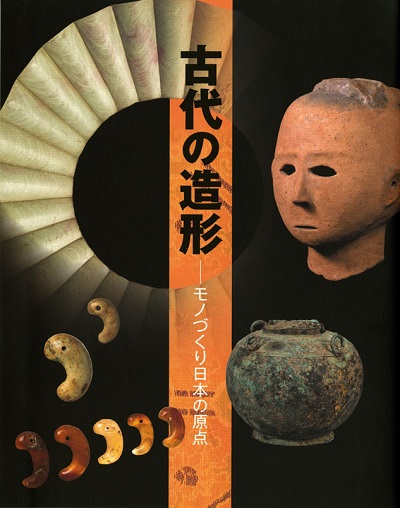| image | information |
|---|---|
 |
The Imperial Household Agency has a Mausolea and Tombs Division within the Archives and Mausolea Department, which is responsible for matters pertaining to the maintenance, investigation and study of the Imperial Mausolea and Tombs, such as of the successive Emperors and Empresses. This division possesses many superior artifacts such as the Female Head and Horse-Shaped Haniwa (clay figure) excavated from the mausoleum of Emperor Nintoku. Among them are various examples of superior ancient forms, such as the Gyobutsu Sekki (stone tools among the Imperial Treasures) with its unique form, the Ritual bell with design of flowing water, with beautiful and stylish flowing water patterns, and the Mirror with four buildings which is a traditional mirror with a three dimensional Japanese house of the time added as an original touch. These are important works of the fundamental period of Japanese culture, showing the brilliant expressions in forms during the ancient eras. The Museum of the Imperial Collections, Sannomaru Shozokan, which has succeeded the works past down as Gyobutsu (Imperial Treasures) until the era of Emperor Showa, possesses noteworthy pieces such as the Gilt bronze vase with four rings which is academically evaluated as important research material, and the Visorless keeled helmet made of gilt bronze layer applied to horizontal iron strips riveted together, of which there is no other similar example. |